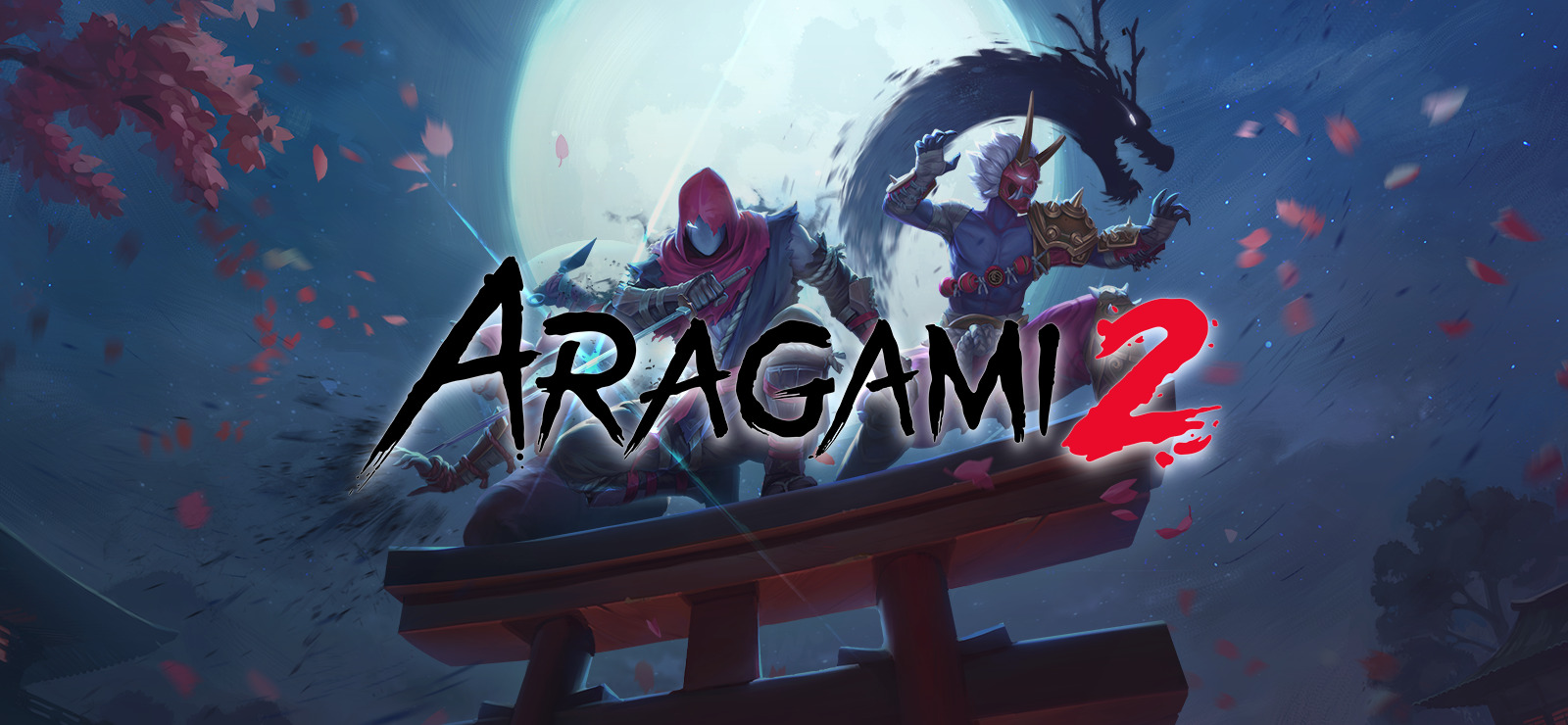Aragami 2
The Shadow Beckons In Aragami 2
Aragami 2 is the sequel to 2016's Aragami, a cel-shaded ninja stealth action game. In the original, players controlled a ninja named Aragami, who goes through specific levels while completing specific goals. Players are able to use the shadows to their advantage, hiding in tall grass, corridors, and higher ground. In most levels, guards patrol the area heavily and the player has many options to reach the end goal. Players can decide to pick apart their enemies one by one via stealth. Players can also resort to one-on-one combat, throwing caution to the wind.
The original game bears reference to other ninja stealth titles of yesteryear, including the Tenchu and Shinobido series. While many critics would compare it to "Assassin's Creed," it bears more resemblance to its ninja forefathers. The last Tenchu game was released over a decade ago, so the question begs if Aragami 2 can hold its own? Or are the shoes that FromSoftware left behind are too big to fill?

No Experience From Aragami Required
Players who hadn't played the first Aragami can enjoy Aragami 2 without any knowledge of the first game needed. The game begins in a prologue, with the main character surviving a massacre shoreside. Eventually, he realizes a rival clan is destroying his village, killing his friends and family. The prologue serves as a tutorial, allowing players to understand how stealth works.
When the protagonist is properly hidden, highlights are shown around his costume design. The player can reach the higher ground with the push of a button, unbeknownst to the surrounding guards at the cost of stamina. Everything outside of movement requires stamina, including dashing, guarding, attacking, and moving in-between shadows. Combat is like a dance, requiring the player to dodge and parry to open up their opponent's defense. As their stamina lowers, the player can execute them or knock them out.

The Best Offense In Aragami 2 Is None At All
While showering enemies in a pool of blood may be serotonin-inducing, Aragami 2 punishes those who kill haphazardly. There aren't any morality gauges as shown in games like Soulstorm. There is no difference between killing and knocking an opponent out in any other way except for enemy detection. Stealth kills are faster and messier, leaving streaks of blood in the wake of their corpse. While the player can hide the body in tall grass and throw them off a cliff, the enemy can still report a murder should they see the streak of blood.
Likewise, a knock-out is slower to execute but it is a cleaner approach than simply murdering in cold blood. While the player can be caught in the act, they don't leave as much of a trace. The player can also forego killing altogether, focusing on the goal itself. Regardless of the player's approach, detection will penalize a player's final score. Death in Aragami 2 is but a slap on the wrist. The player will respawn at the beginning of the map, but they will only have two chances to complete the mission.

Aragami's Blade Is Rough Around The Edges
Upon first glance, the game appears to be in a weird "indie" game limbo. Presentation-wise, the game appears like a AA game rather than a mere stereotypical "indie" game. It's clear that Lince Works used what they learned with the first Aragami to improve with Aragami 2. The illusions begin to crack when the game randomly glitches.
An example of this is what happened to me when I would pick up a corpse. It wasn't the corpse that gave my position away, but the animation in grabbing the corpse. Simply stepping forward was enough to push me just into detection range and begin a high goose chase.

Ultimately, Aragami 2 is a great addition to a very niche genre. Ninja stealth games have been on a decline, which is saying a lot as there were only two franchises worth noting. Without a Tenchu and Shinobido game in sight, players are looking at any game to fill the void. Fortunately for fans of stealthy ninjas, Aragami 2 is enough to sate the appetite of even the pickiest eater.
Aragami 2 is now available on the PC, PS4, PS5, Xbox One, Xbox Series X, and Xbox Series S.

